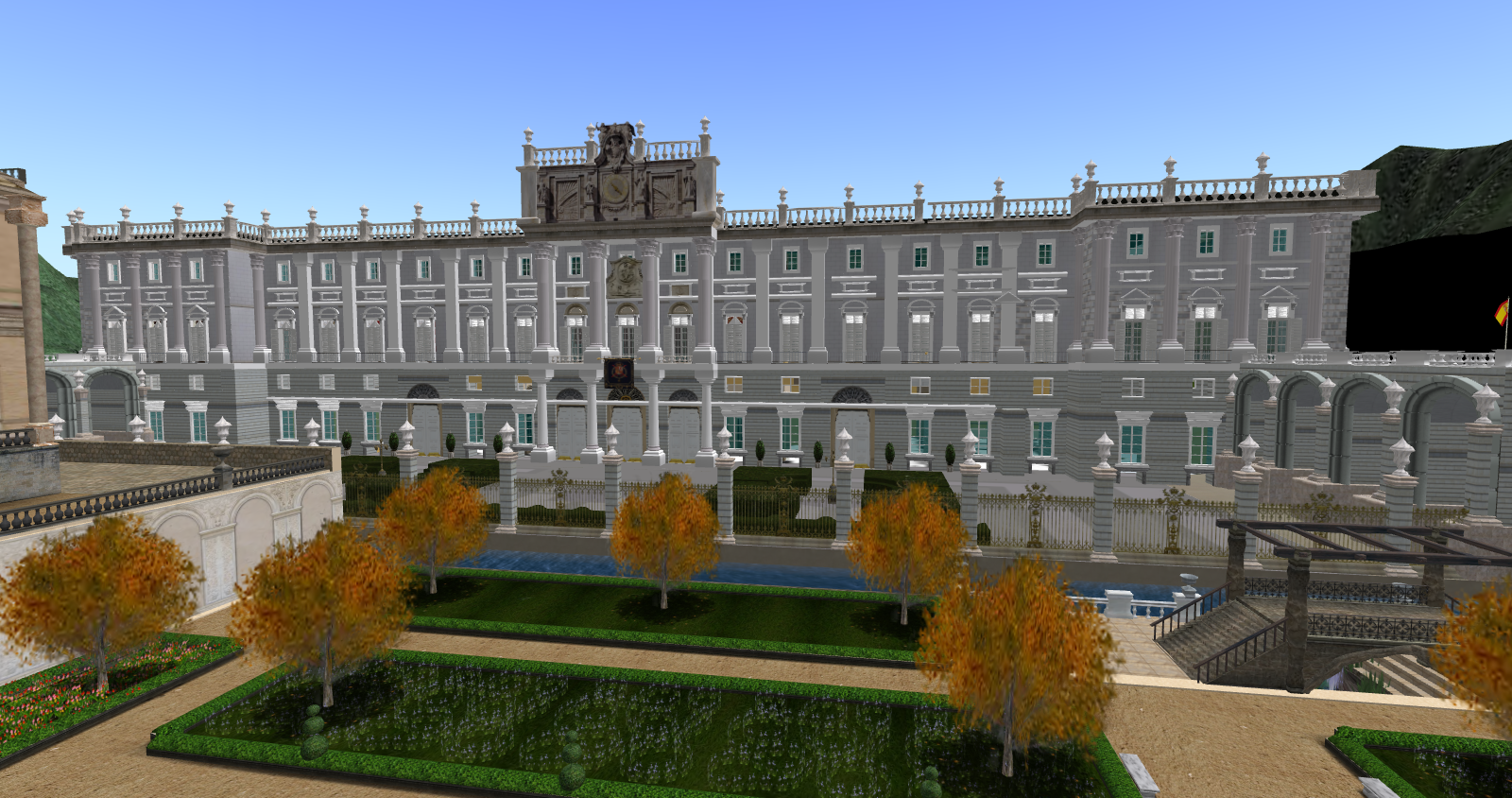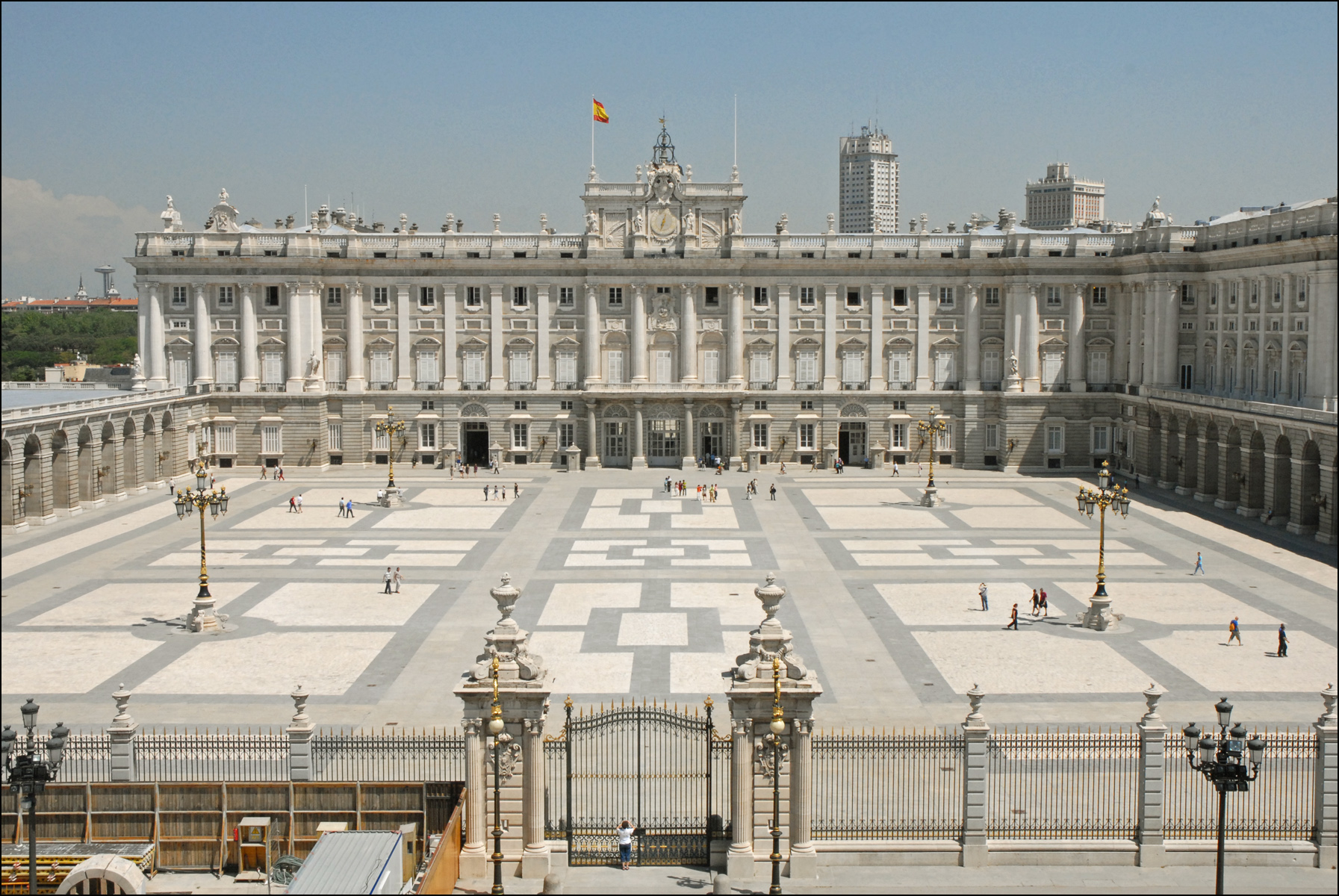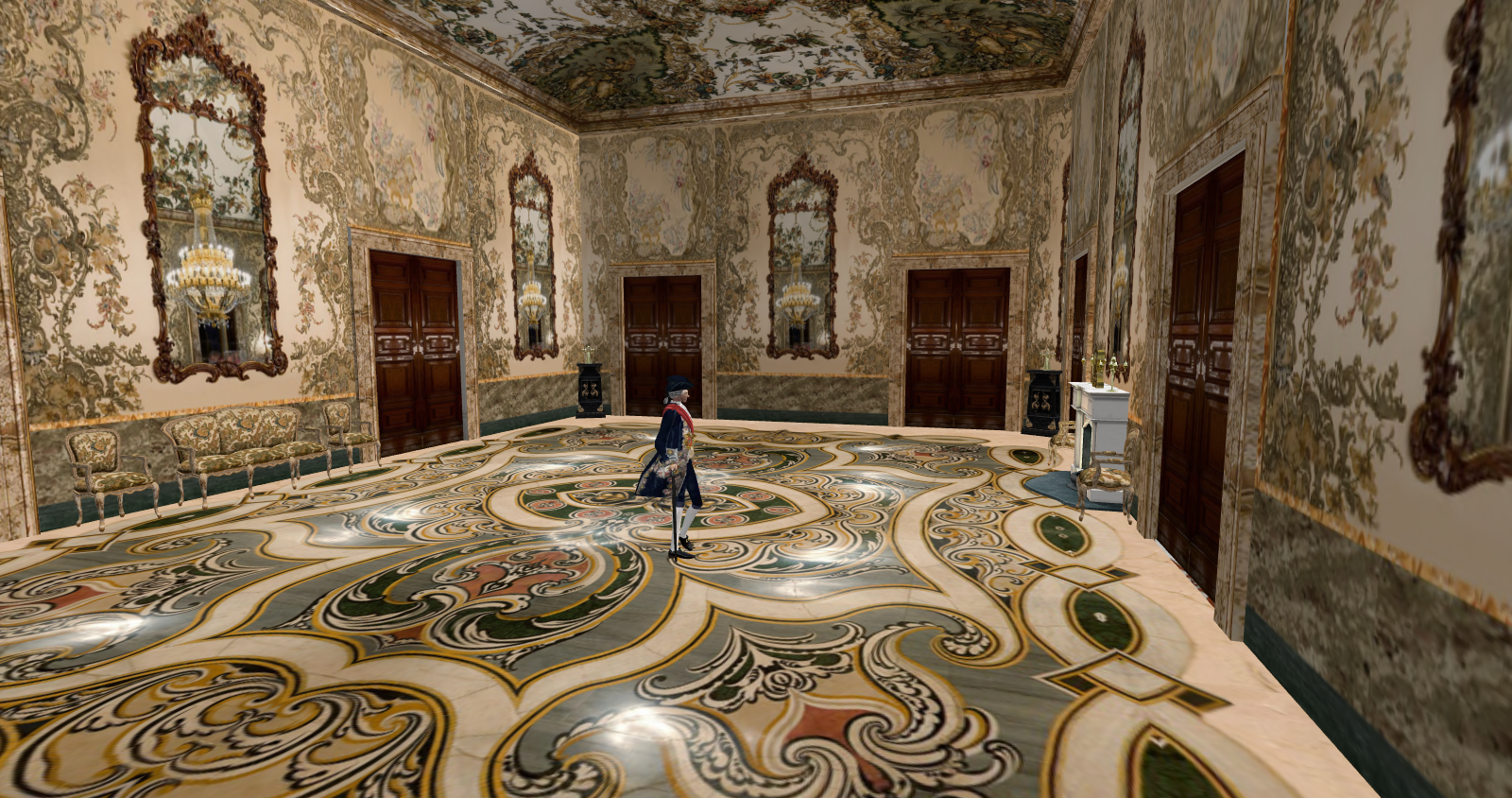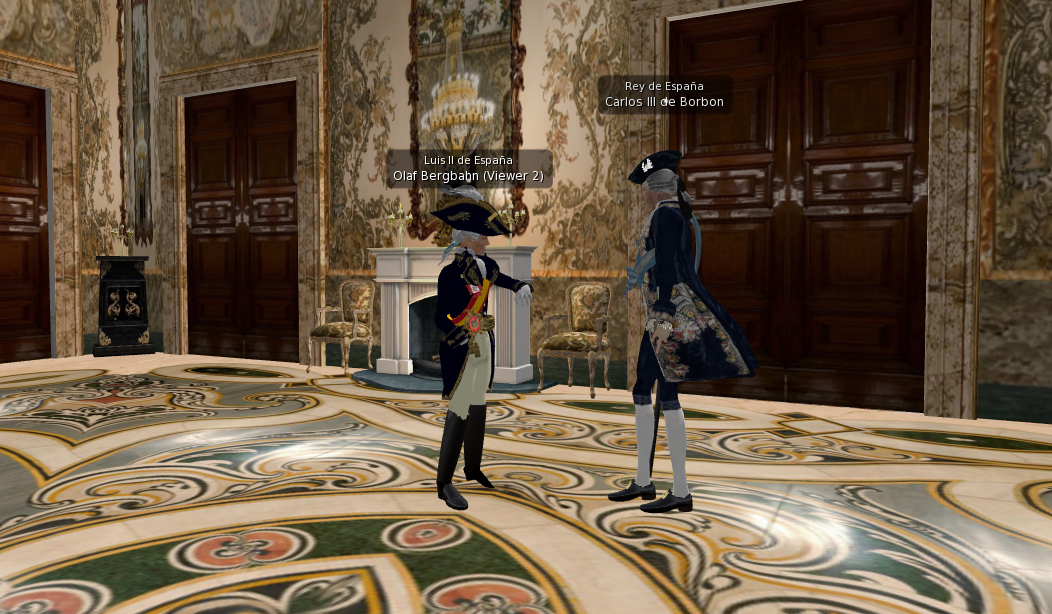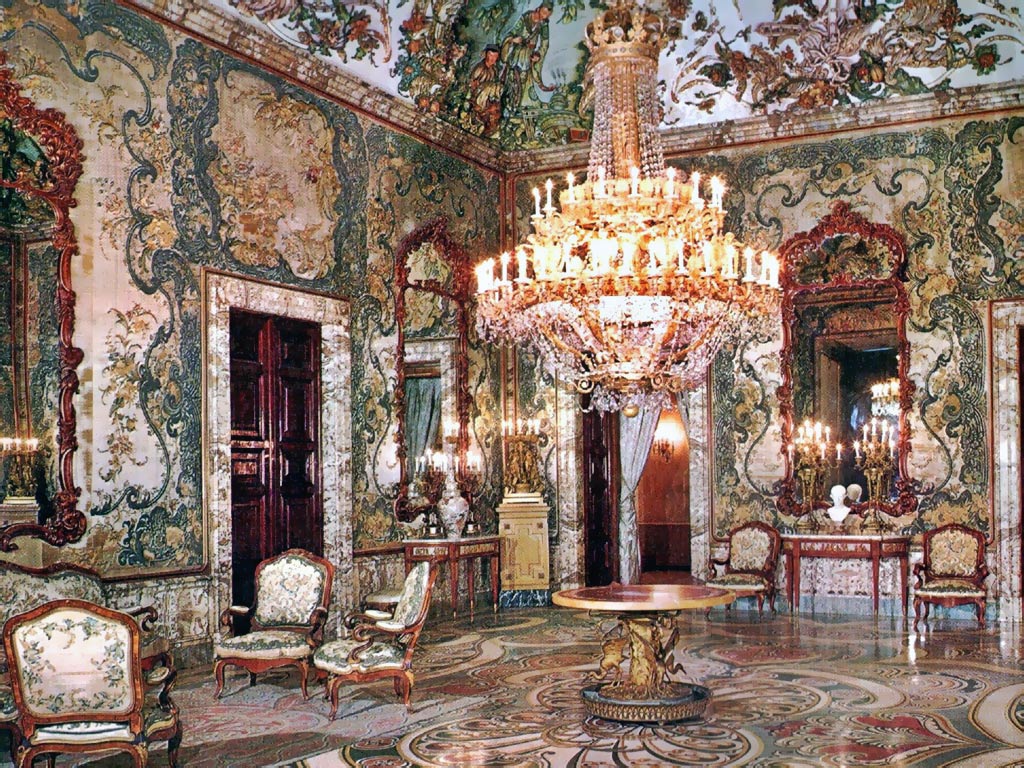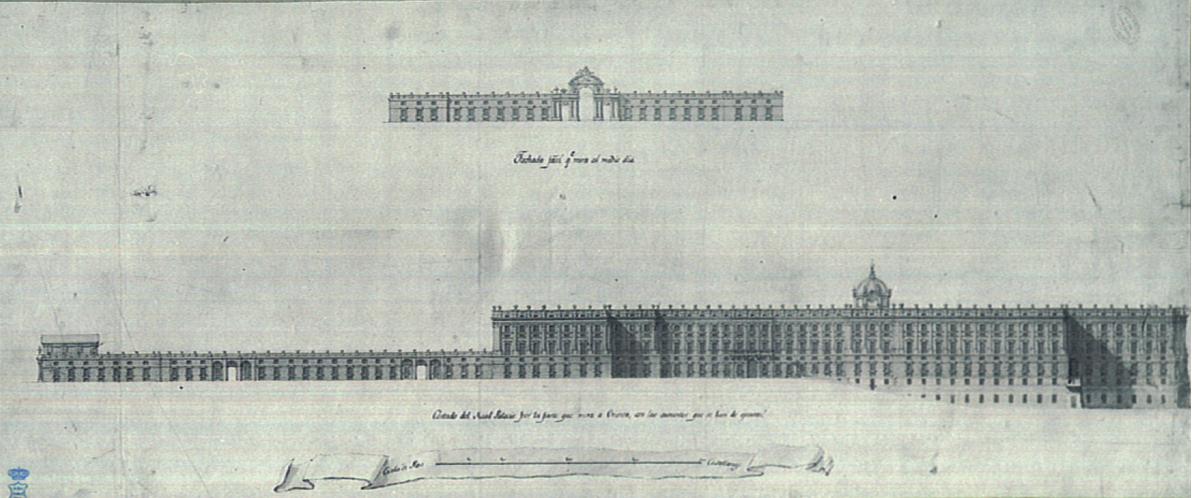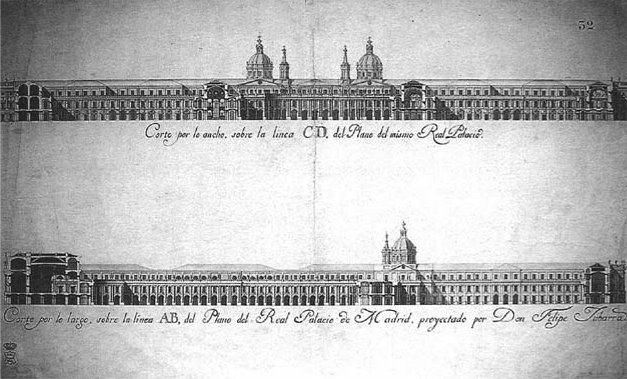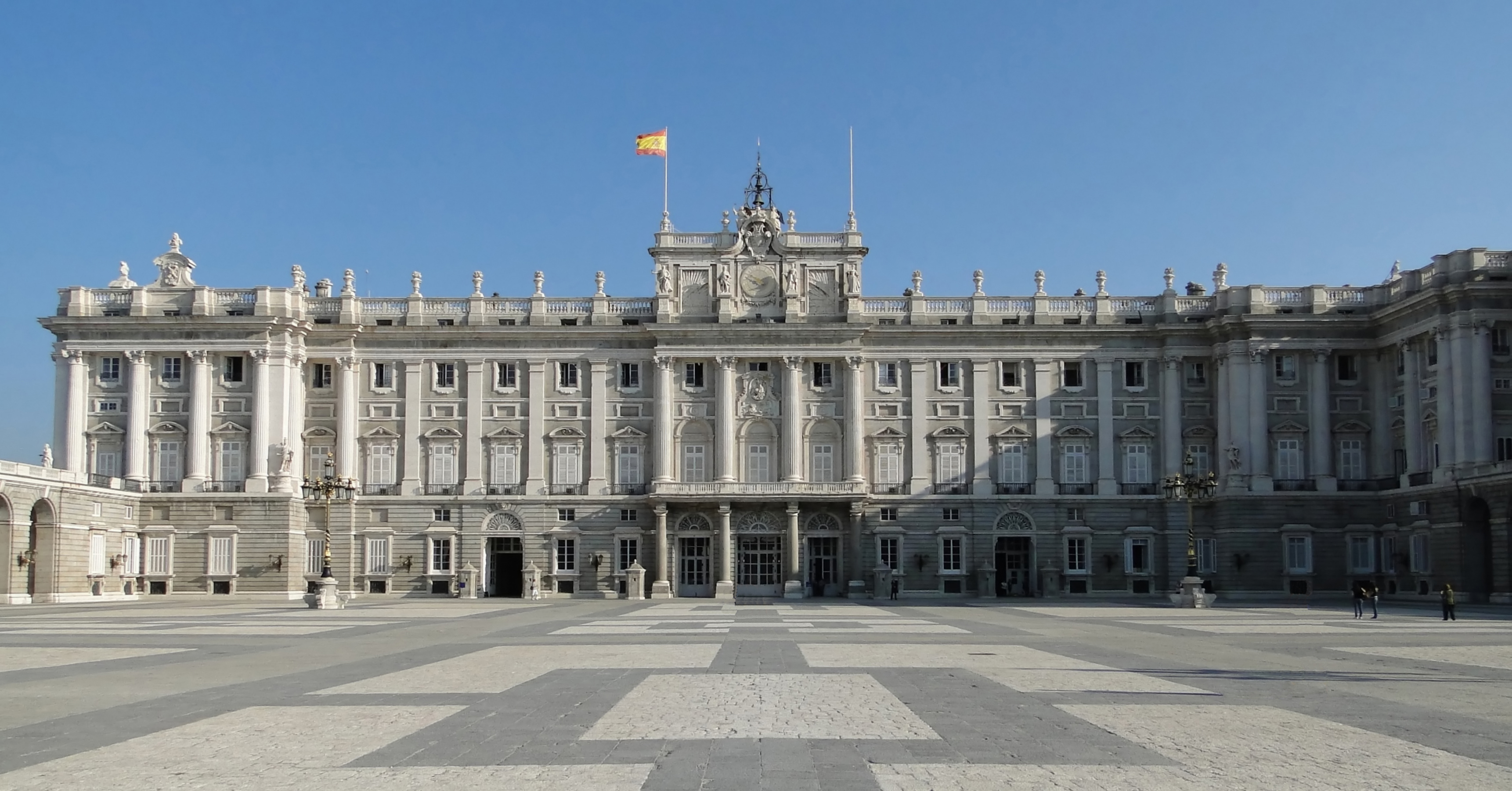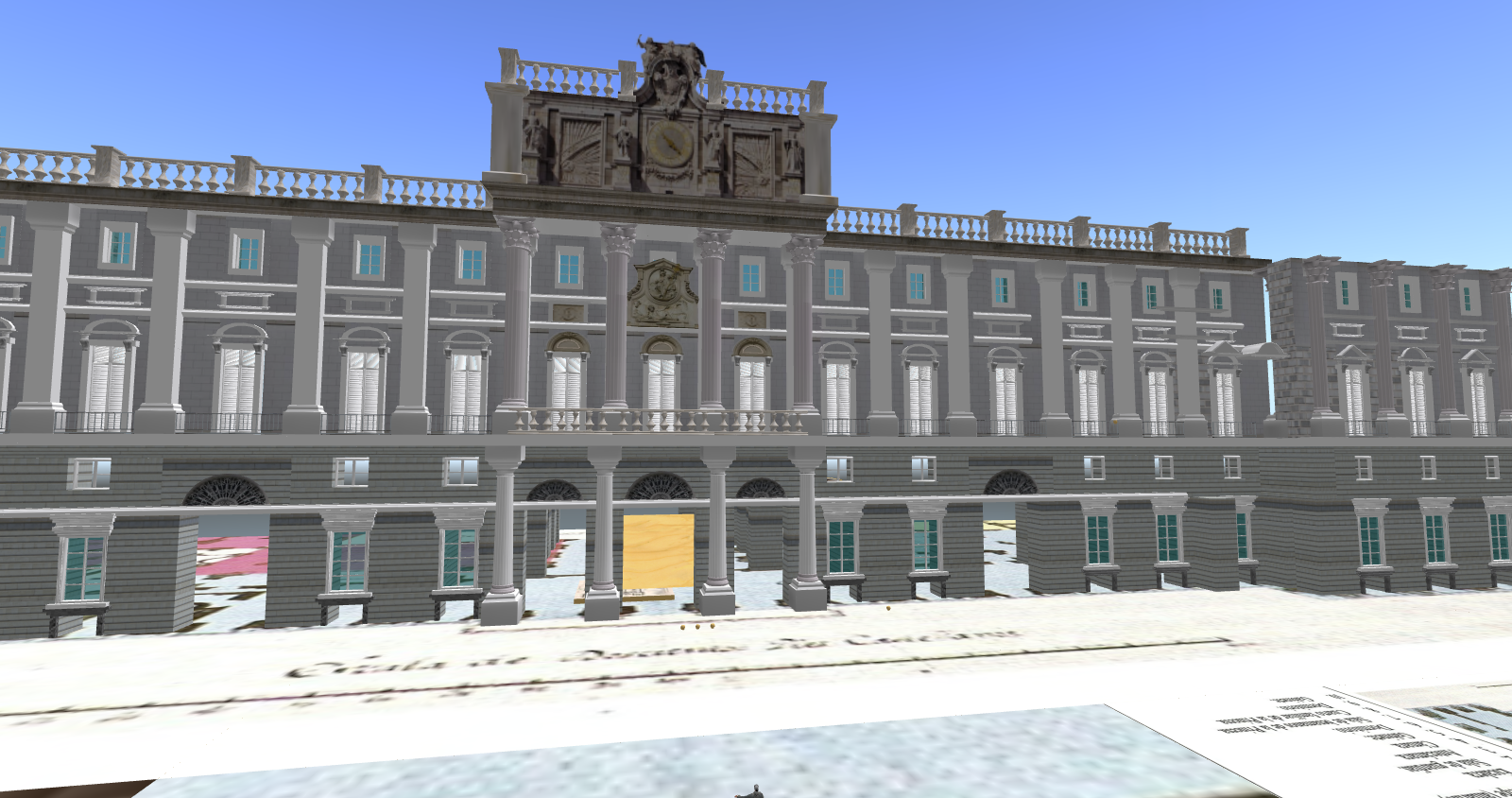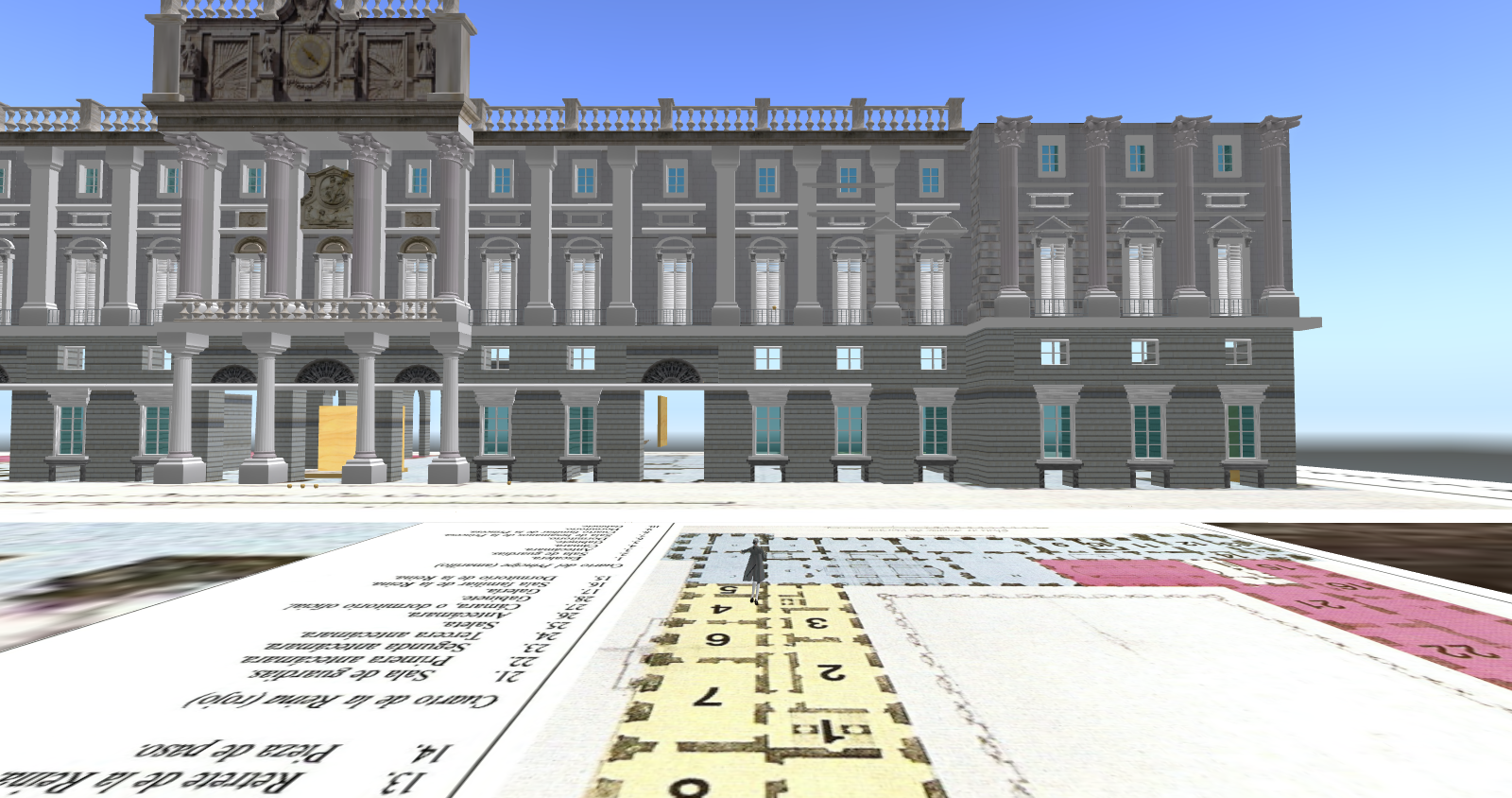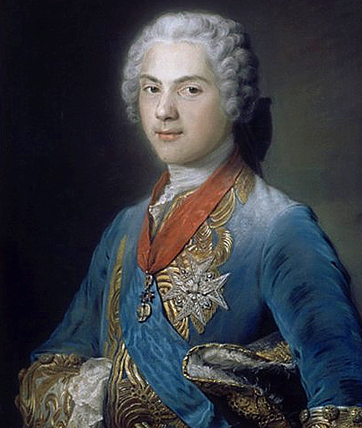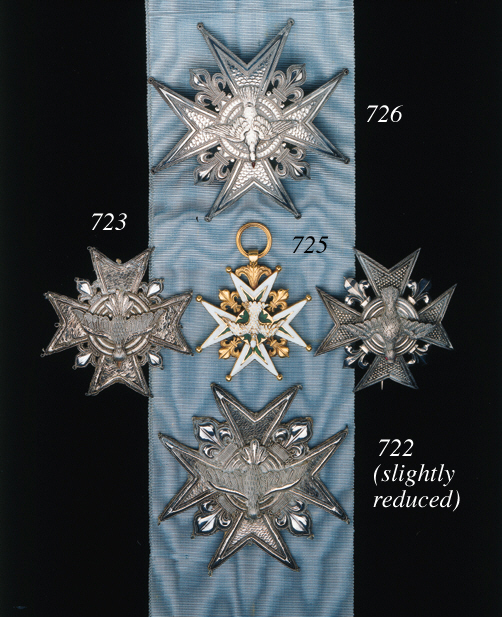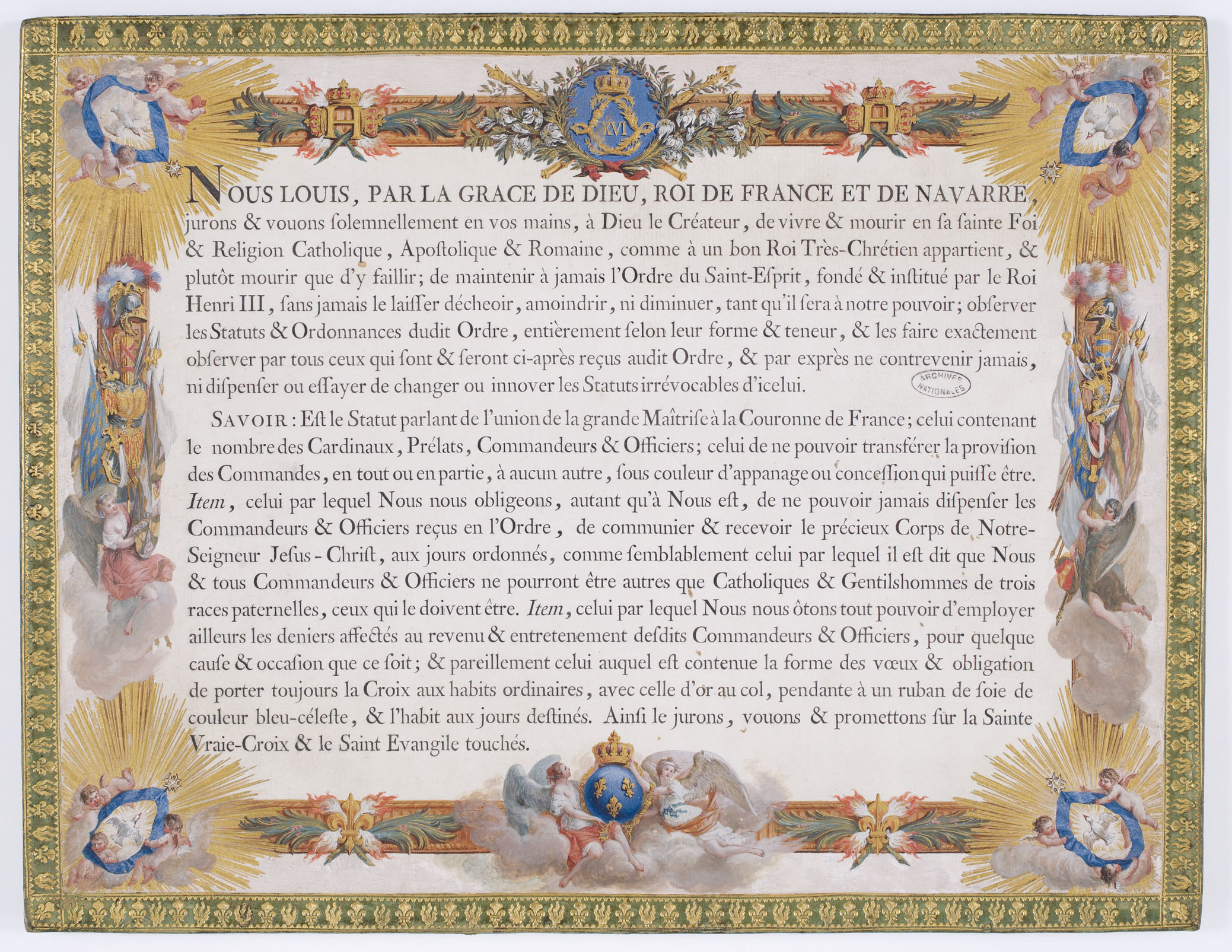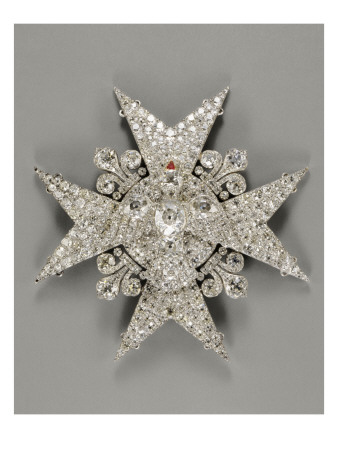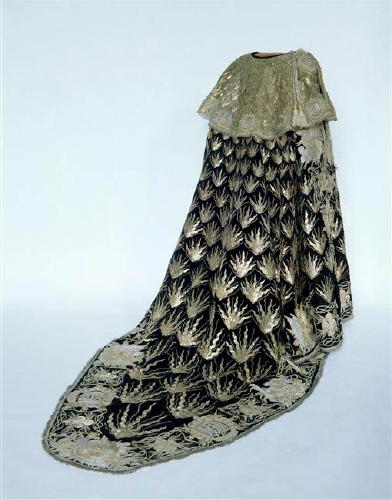The Military Order of Christ / Ordem Militar de Cristo/ Orden Militar de Cristo.
Communty News & Events
Order of Christ in the Kingdom Of Portugal
The Order of Christ is one of the ancient military orders. It was created by request of King D. Dinis to the pope, upon the extinction of the Order of the Temple. The templars had been granted important jurisdictions over the Portuguese territory, as well as being of strategic importance in its protection, in the end of the Christian Reconquestof the Iberian Peninsula. So, when the Order of the Temple was extinguished, King Dinis requested, and was granted, that all the possessions of this order in Portugal be attributed to a new order, to be created: the order of Christ. Basically, the templars in Portugal simply changed name.
The headquarters of the Order were established in Tomar. The Order had a major role in the Portuguese discoveries. In the course of the subsequent centuries, the King of Portugal became the grand-master of this and all of the military orders, which acquired a simple honorific role.
Orden de Cristo
Reino de Portugal
La Orden de Cristo es una de las rdenes militares antiguos . Fue creado por orden del Rey D. Dinis al Papa, a la extincin de la Orden del Temple . Los templarios se haban concedido importantes jurisdicciones en todo el territorio portugus, adems de ser una importancia estratgica para su proteccin, en la final de la Reconquista cristiana de la Pennsula Ibrica . Por lo tanto, cuando la Orden del Temple fue extinguido , el rey Dinis solicitado , y se le concedi , que todas las posesiones de la orden en Portugal se atribuye a un nuevo orden , que se cree : la orden de Cristo. Bsicamente , los templarios en Portugal , simplemente cambiaron el nombre .
La sede de la Orden se estableci en Tomar. La Orden tuvo un papel importante en los descubrimientos portugueses . En el curso de los siglos siguientes , el rey de Portugal se convirti en el gran maestro de esta y de todas las rdenes militares , que adquiri un papel honorfico simple.
Ordem de Cristo
Reino de Portugal
Da Ordem de Cristo uma das ordens militares antigos . Foi criado a pedido do rei D. Dinis para o papa , aps a extino da Ordem do Templo . Os templrios tinham sido concedidos jurisdies importantes sobre o territrio Portugus , bem como sendo de importncia estratgica na sua proteo , no final da reconquista crist da Pennsula Ibrica . Assim, quando a Ordem do Templo foi extinta , D. Dinis pediu, e foi concedido, que todos os bens dessa ordem em Portugal ser atribuda a uma nova ordem, a ser criada: a ordem de Cristo. Basicamente, os templrios em Portugal , simplesmente mudou o nome .
A sede da Ordem foram estabelecidos em Tomar. A Ordem teve um papel importante nas descobertas Portugus. No decorrer dos sculos seguintes, o rei de Portugal tornou-se o gro-mestre desta e de todas as ordens militares , que adquiriu um simples papel honorfico.
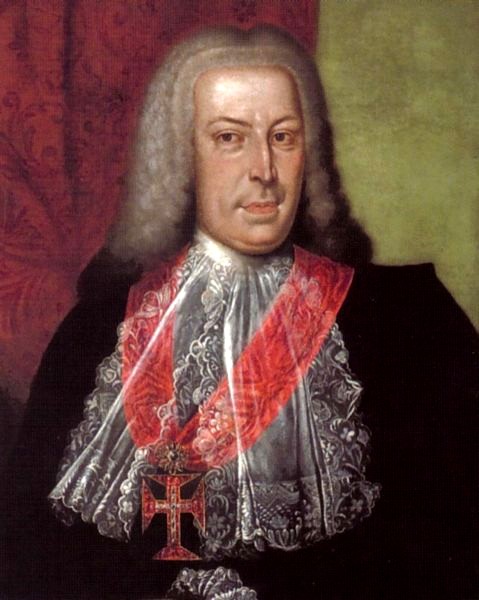
Marques de Pombal with the Order Pendant.
Grades:
The Order of Christ, as awarded by the Portuguese government today, comes in five classes:
- Grand Cross (GCC), which wears the badge of the Order on a sash on the right shoulder, and the star of the Order in gold on the left chest;
- Grand Officer (GOC), which wears the badge of the Order on a necklet, and the star of the Order in gold on the left chest;
- Commander (ComC), which wears the badge of the Order on a necklet, and the star of the Order in silver on the left chest;
- Officer (OC), which wears the badge of the Order on a ribbon with rosette on the left chest;
- Knight (CavC) or Dame (DamC), which wears the badge of the Order on a plain ribbon on the left chest.
Graus:
Da Ordem de Cristo , concedido pelo Governo Portugus , hoje, vem em cinco classes:
Grande Cruz (GCC ), que usa o emblema da Ordem em uma faixa no ombro direito , ea estrela da Ordem em ouro sobre o peito esquerdo;
Grande Oficial (GOC ), que usa o emblema da Ordem em um colar , ea estrela da Ordem em ouro sobre o peito esquerdo;
Commander ( OMCC) , que usa o emblema da Ordem em um colar , ea estrela da Ordem, em prata no peito esquerdo;
Officer ( OC ), que usa o emblema da Ordem em uma fita com roseta no peito esquerdo;
Knight ( CAVC ) ou Dame ( DamC ), que usa o emblema da Ordem em uma fita simples no peito esquerdo.
Grados :
La Orden de Cristo , segn lo concedido por el gobierno portugus de hoy , viene en cinco clases :
Gran Cruz ( GCC ), que lleva la insignia de la Orden en una banda en el hombro derecho , y la estrella de la Orden de oro en el pecho izquierdo ;
Gran Oficial (GOC ), que lleva la insignia de la Orden en un collar , y la estrella de la Orden de oro en el pecho izquierdo ;
Comandante ( ComC ), que lleva la insignia de la Orden en un collar , y la estrella de la Orden de plata en el pecho izquierdo ;
Oficial (OC ), que lleva la insignia de la Orden en una cinta con rosetn en la parte izquierda del pecho ;
Knight ( CAVC ) o Dame ( DamC ), que lleva la insignia de la Orden en una cinta sin formato en la parte izquierda del pecho .
Insignia - The badge of the Order is a gilt cross with enamel, similar to the Order's emblem illustrated here, but with a longer lower arm. During the monarchy there were separate badges for civil and military knights: civil knights wore a badge similar to the modern version, but with the Sacred Heart of Christ above it; military knights had a completely different insignia, this being a gilt, white enamelled Maltese Cross with enamelled oval shields (each bearing a design similar to the Coat of arms of Portugal minus the red border) between the arms of the cross, the whole surrounded by a wreath of palm ; the central disc was in white enamel, with a miniature of the modern badge in it; the badge was topped by a gilt crown.
- The star of the Order has 22 asymmetrical arms of rays, in gilt for Grand Cross and Grand Officer, and in silver for Commander. The central disc is in white enamel, with a miniature of the modern badge in it. During the monarchy the Sacred Heart of Christ was placed at the top of the star.
- The ribbon of the Order is plain red.
Insgnia: O emblema da Ordem uma cruz dourada com esmalte , semelhante ao emblema da Ordem ilustrado aqui, mas com um brao mais baixos. Durante a monarquia havia crachs separados para cavaleiros civis e militares : os cavaleiros civis usava um distintivo semelhante ao da verso moderna, mas com o Sagrado Corao de Cristo acima dele; cavaleiros militares tinham uma insgnia totalmente diferente , sendo esta uma dourada, branca Maltese esmaltado cruz com escudos esmaltados oval ( cada uma com um design semelhante ao braso de Portugal menos a borda vermelha ) entre os braos da cruz , toda cercada por uma coroa de palma , o disco central estava em esmalte branco , com uma miniatura do crach moderna nele; o crach era encimado por uma coroa dourada . A estrela da Ordem tem 22 braos assimtricos de raios , em dourado para Grand Cruz e Grande Oficial , em prata para o comandante . O disco central est em esmalte branco , com uma miniatura do distintivo moderna nele. Durante a monarquia do Sagrado Corao de Cristo foi colocado no topo da estrela. A fita da Ordem claro vermelho.
Insignias: La insignia de la Orden es una cruz dorada con esmalte , similar al emblema de la Orden se muestra aqu , pero con un brazo ms largo menor . Durante la monarqua haba placas separadas para caballeros civiles y militares : los caballeros civiles llevaban una insignia similar a la versin moderna, pero con el Sagrado Corazn de Cristo por encima de ella , caballeros militares tenan una insignia totalmente diferente , siendo este un dorado , blanco esmaltado de Malta cruz con escudos esmaltados oval ( cada uno con un diseo similar al del escudo de armas de Portugal , menos el borde rojo ) entre los brazos de la cruz , todo rodeado por una corona de palma , el disco central de esmalte blanco , con una miniatura de la insignia moderna en ella, la insignia fue rematado por una corona dorada . La estrella de la Orden cuenta con 22 brazos asimtricos de los rayos , en el dorado de la Gran Cruz y Gran Oficial , y en plata para el comandante . El disco central se encuentra en esmalte blanco , con una miniatura de la insignia moderno en el mismo. Durante la monarqua del Sagrado Corazn de Cristo fue colocado en la parte superior de la estrella. La cinta de la Orden es claro rojo.
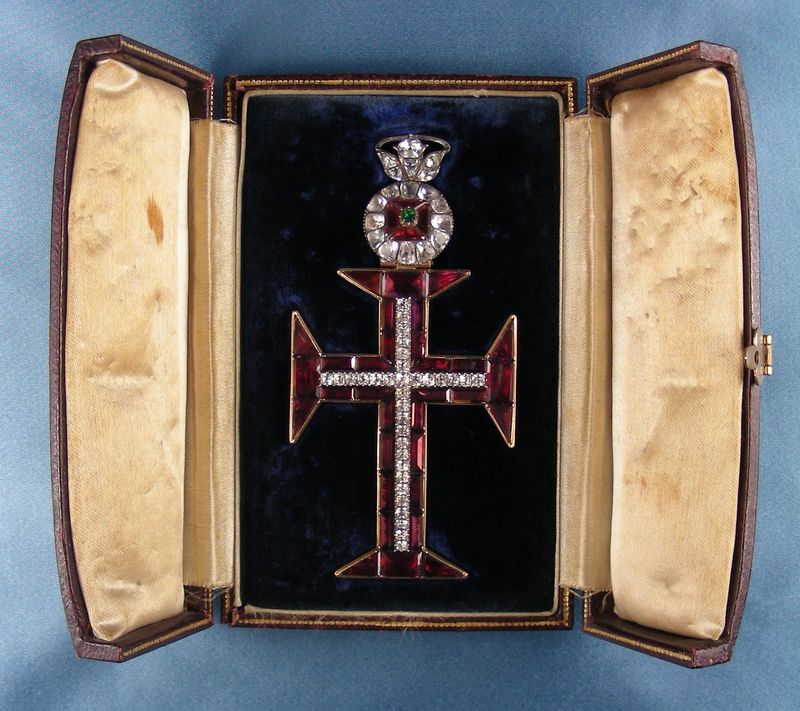
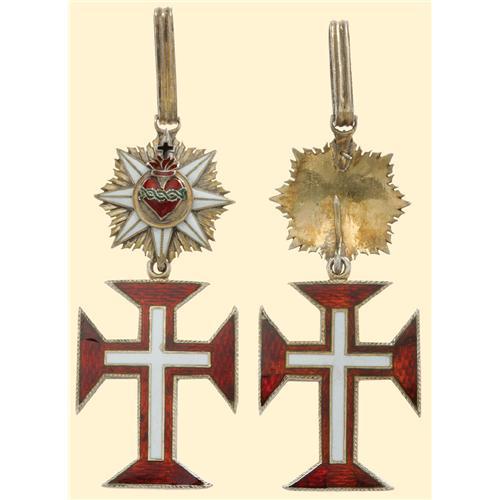
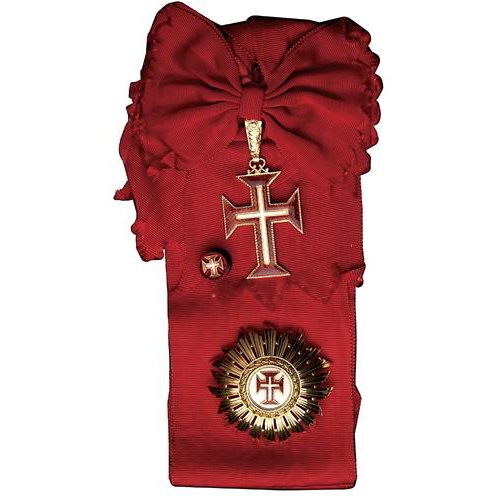
updated by @carlos-iii-de-borbon-y-farnesio: 06 Oct 2016 06:09:30AM


